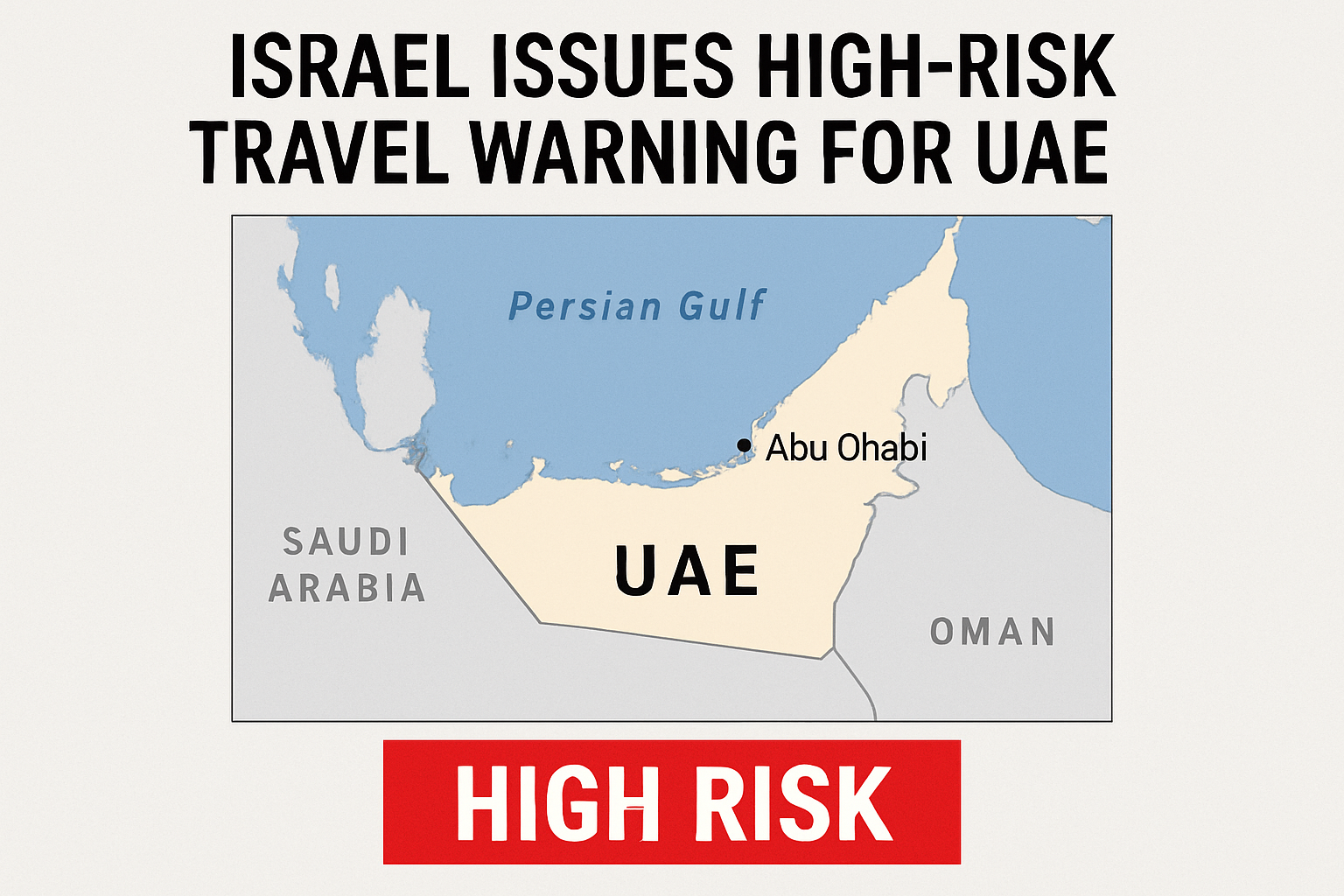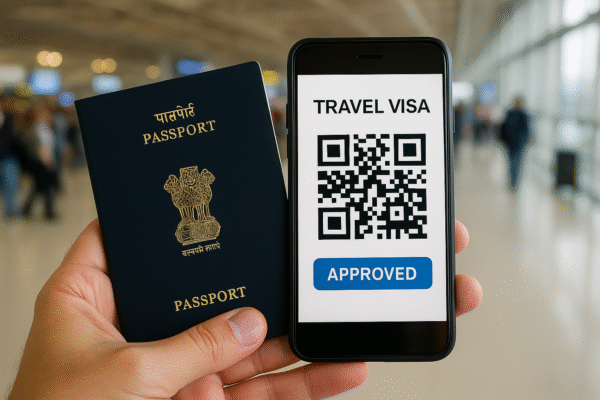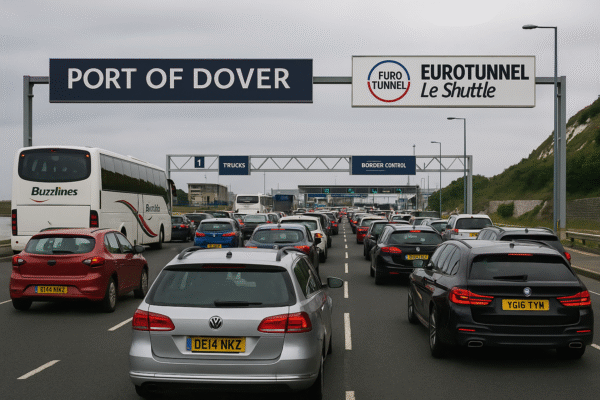Indian tourists planning to explore the beauty and culture of Europe now have a reason to rejoice. The European Union (EU) has officially launched its highly anticipated Digital Schengen Visa system, transforming how travellers from India—and globally—will access 29 European nations under the Schengen Zone. This groundbreaking shift from physical visa stickers to a secure 2D barcode-based digital format is expected to significantly simplify the visa process, cut down processing times, and enhance border security.
The Schengen Visa, which allows visitors to travel freely across some of Europe’s most iconic destinations for up to 90 days within a 180-day period, is now stepping into the future. With nations like Germany, France, Italy, Spain, Austria, Sweden, Denmark, and Poland already on board, this digital transformation is seen as a crucial step in modernising European travel for millions of global travellers—including a rapidly growing Indian tourist segment.
What’s New: Visa Goes Digital with 2D Barcode Technology
Instead of the traditional visa sticker affixed to a traveller’s passport, the new system issues a digitally signed 2D barcode, containing all essential travel data, including biometric information, visa duration, and authorised countries of visit. This barcode is electronically linked to the EU’s centralised visa system, ensuring secure and tamper-proof documentation.
Indian travellers can now scan the barcode at automated biometric e-gates at participating airports and land borders, making the entry process faster and more efficient. The entire visa process—right from application to issuance—is gradually shifting online, significantly reducing in-person visits to embassies or consulates.
According to the European Commission, this initiative is aimed at creating a “digital visa platform” where all visa applications are handled centrally, eliminating the need for varied processes across different countries.
Benefits for Indian Travellers
India has consistently ranked as one of the top non-EU countries in terms of Schengen visa applications. In 2023 alone, over 700,000 Schengen visas were issued to Indian citizens, according to data from the Schengen Visa Info Portal.
The move to digital will prove especially beneficial to:
- Frequent Business Travellers: Faster reapplication process and exemption from biometric resubmission.
- Families and Tourists: Easier group bookings and centralised documentation.
- Students and Researchers: Streamlined processing with secure access to multiple countries.
Additionally, the risk of losing or damaging a physical visa is now a thing of the past. All visa-related data is accessible via secure platforms by both travellers and EU border officials.
How the Process Works
- First-time Applicants: Will still need to visit a visa application centre (VAC) to provide fingerprints and photographs.
- Repeat Applicants: Those who have submitted biometric data within the last 59 months may skip this step.
- Application Portal: All applications will be submitted through a unified EU Visa Portal (under development), improving transparency and tracking.
Visa issuance will also be quicker. Since the 2D barcode is electronically generated, applicants can receive their visas without waiting for physical dispatch.
Successful Pilot and Expansion Plans
The digital visa was tested during a pilot programme involving thousands of participants, including travellers attending major international events like trade expos and cultural festivals in Europe. The positive outcomes—including reduced wait times, fewer documentation issues, and higher security—have encouraged EU member states to accelerate full-scale implementation by 2026.
In addition to tourists, this system will eventually support digital processing for transit visas, long-stay national visas, and possibly residency permit pre-approvals.
Countries Covered Under the Schengen Area
The Schengen Area includes 29 countries:
Austria, Belgium, Croatia, Czech Republic, Denmark, Estonia, Finland, France, Germany, Greece, Hungary, Iceland, Italy, Latvia, Liechtenstein, Lithuania, Luxembourg, Malta, Netherlands, Norway, Poland, Portugal, Slovakia, Slovenia, Spain, Sweden, Switzerland, Bulgaria, and Romania (Bulgaria and Romania were added in 2024 with partial Schengen implementation).
This means that with a single digital Schengen visa, Indian travellers can hop from the Eiffel Tower in Paris to the canals of Venice, or from the museums of Berlin to the fjords of Norway—without needing multiple travel documents.
Alignment with Global Travel Trends
Europe’s digital visa move follows similar initiatives by countries such as Australia (ETA), the USA (ESTA), and Canada (eTA). These e-visa systems are designed to enhance border control, minimise fraud, and deliver better customer experiences for travellers.
The EU’s digital transformation is also aligned with its “Smart Borders” strategy, a policy aimed at using AI, biometric verification, and real-time data sharing to manage growing tourist volumes while maintaining robust security.
What Indian Travellers Should Know
Here are a few tips to keep in mind:
- Start your application early: Even with faster processing, allow time for potential in-person biometric appointments.
- Check for country-specific requirements: Some nations may have transitional rules during the switch to digital visas.
- Use only official websites and authorised visa centres: Avoid fraudulent third-party agents claiming expedited access.
Final Thoughts:
The introduction of the digital Schengen visa marks a new era of convenience and accessibility for Indian travellers heading to Europe. As this technology-driven reform rolls out, it promises not only faster processing and smoother entry but also a more secure and paperless experience. For Indian tourists, students, professionals, and families alike, exploring Europe’s rich heritage and diverse landscapes has never been more seamless.
For more travel news like this, keep reading Global Travel Wire





















